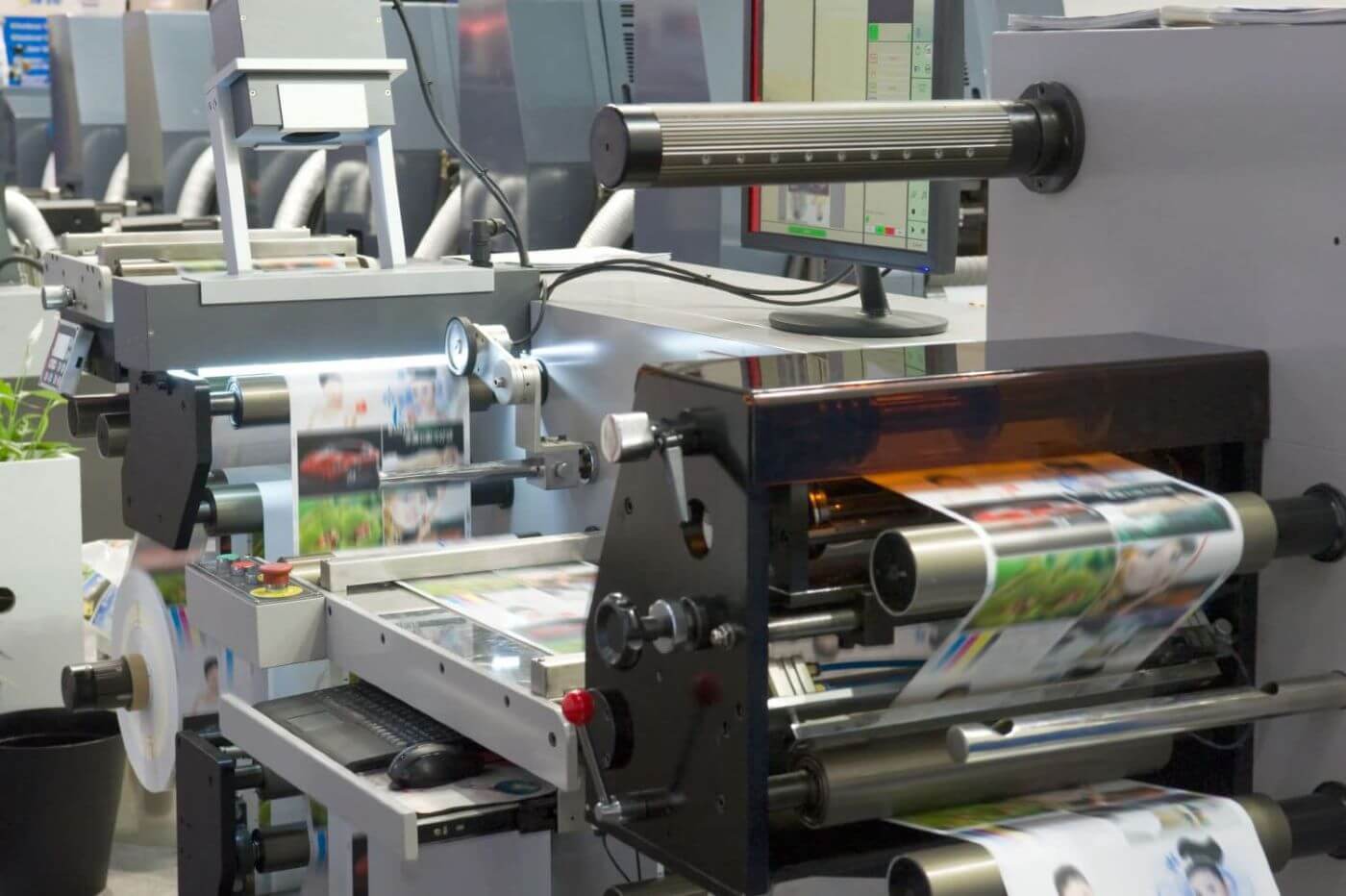
A closer look at the history of the printing press
One of the most important inventions in the world, the printing press has a huge impact on our everyday lives. News, art, culture – the power of printing is everywhere, and without it, modern life wouldn’t quite be the same.
For one, The Printed Bag Shop wouldn’t exist – I mean, it’s in the name and everything
But where does the whole notion of printing come from? You probably vaguely remember learning about the printing press in history at school – but is that the whole story? What does printing look like in the modern age?
Let’s delve in…
Early Asian Printing
600 years before the idea of a mechanised printing press emerged, monks in China were using what is thought to be the first form of printing – block printing. This is as simple as printing can be – wooden blocks were coated with ink and pressed on to sheets of paper. These carved wooden blocks were also used Japan and Korea as far back as the eighth century.
Fast forward to the eleventh century, and block printing started to get more advanced, with the development of movable type. This involved the production of hundreds of individual characters made out of baked clay, and they printed using ink made from a mix of pine resin, was and paper ashes – a natural solution to the demand for faster printing. This method could be used to print thousands of copies of a document pretty quickly, which was a huge step forward for that time!
The European Approach
Whereas movable type didn’t take off massively in its place of origin, Asia, due to the complexity of oriental languages and the sheer volume of characters required, Europe and the West adopted movable type much more quickly.
Around the 15th century, most European texts were being printed using a form of woodblock printing called xylography, with those that didn’t use this method were being painstakingly copied out by hand – both processes still required a lot of labour, and as such, meant that books in Europe were ridiculously expensive, and for the upper classes only.
Until…
The Gutenberg Effect
Johannes Gutenberg was a goldsmith and craftsman in Strasbourg, Germany, and his innovative approach to developing the printing process was the start of the printing press as we know it.
He realised that to speed up printing, he would need to break down the conventional wooden blocks into individual components, which he made from metals like lead, antimony and tin, and then develop screw mechanisms which allowed for the automation of the transfer of ink from movable type to paper – clever chap, wasn’t he!
Gutenberg also created his own formula for ink, using linseed oil and soot – this was a vast improvement over the water based inks previously used in China.
This first mechanised printing press made a big impact – it meant an assembly line-style production process could be used, which was undoubtedly far more efficient than working by hand. Plus, for the first time ever in history, books became more affordable due to finally being able to be mass produced.
How does printing work these days?
We’ve come a little further with speeding up the printing process since Gutenberg’s day – now, offset printing, which is the most commonly used technique for things like newspapers, books, and magazines, can produce around 20km of printed materials per hour!
Offset printing, or offset lithography, works in that the primary printing plate doesn’t actually touch the final printed surface – instead, an intermediate roller is used to transfer the printed image from the plate to the paper.
Though offset printing is most often used for large scale printing runs, there are other techniques in operation – these include relief printing, gravure printing, and silk screen printing.
Well, there you have it – a brief history of the printing press. Without Gutenberg’s advancement in technology, there might have been no such thing as the Renaissance period, art would not be accessible for the masses, creative outlets like novels, fiction and magazines would be stifled and, perhaps worst of all, beautiful bespoke printed bags like ours wouldn’t exist!
To find out more about said printed bags and how we can boost your brand, get in touch with our sales team on 0191 268 7555, or email sales@theprintedbagshop.co.uk













